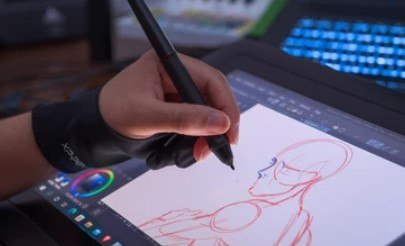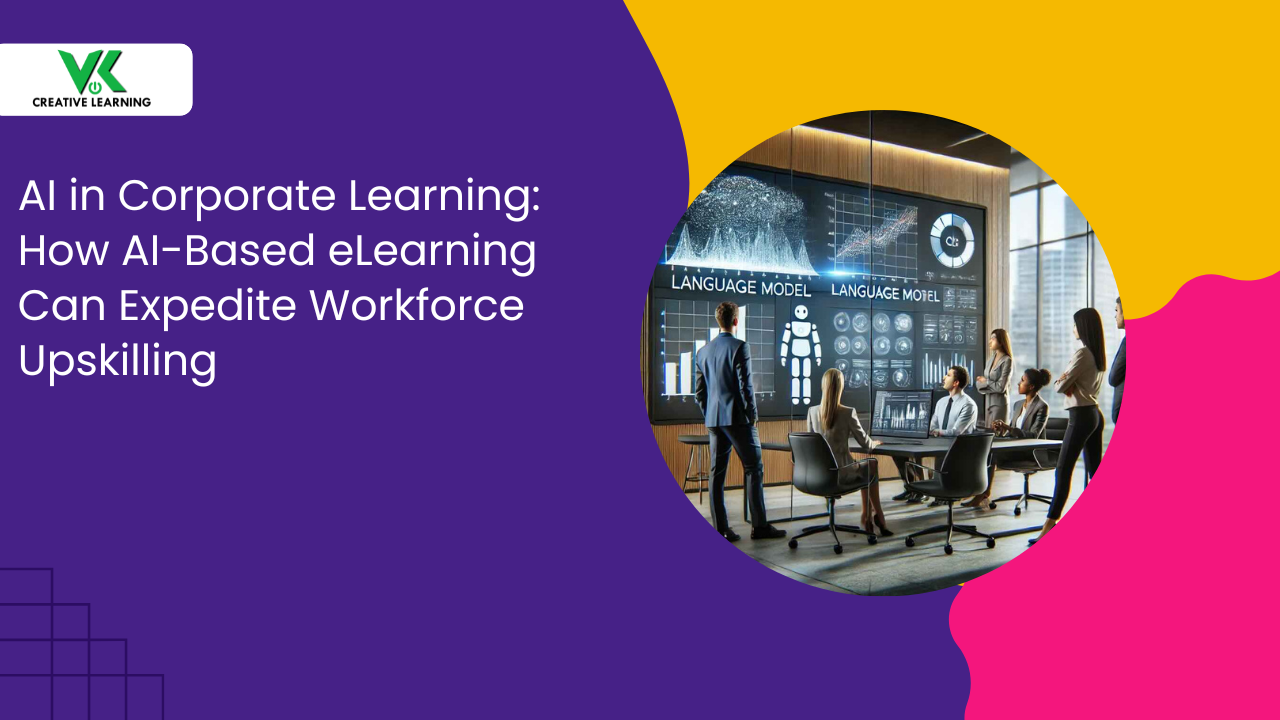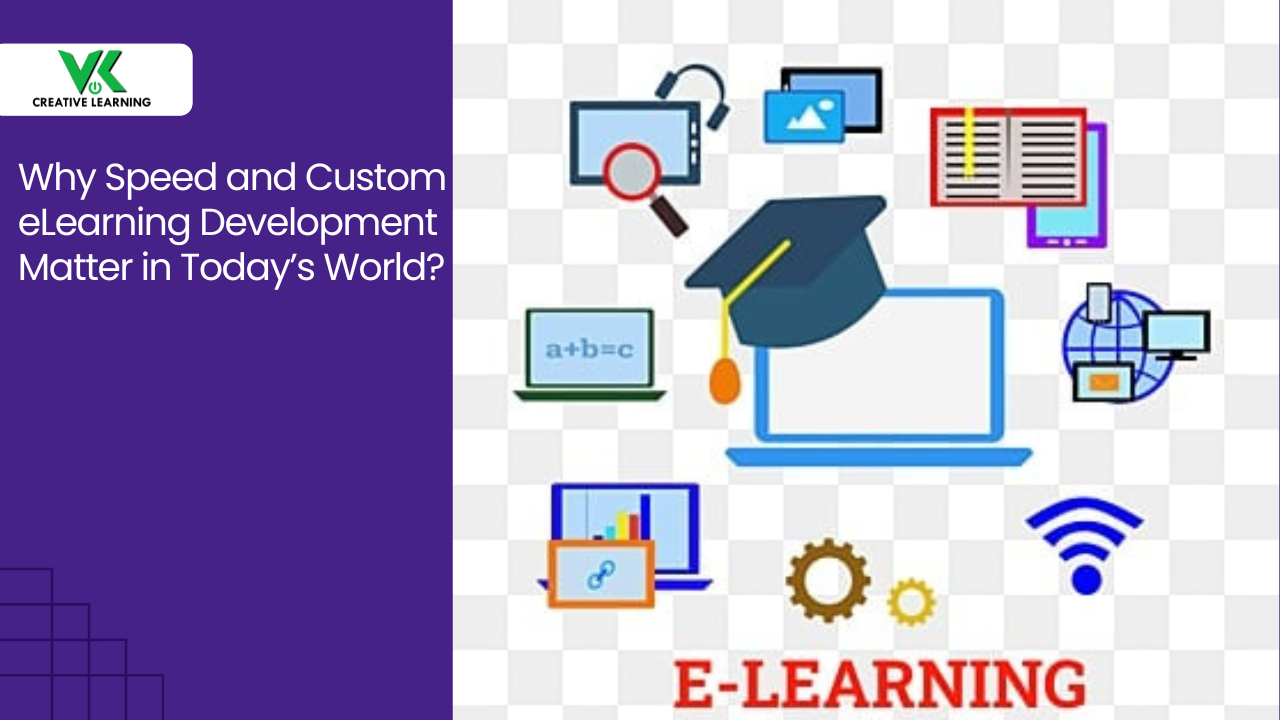How Does 3D Character Animation Help Students in Learning?
August 02, 2023
Challenges students face if they cannot visualize the concepts while learning can often hinder their academic progress significantly. Consider, for example, students battling to understand the intricate mechanisms of cellular splitting; lacking a vivid mental impression, recalling every stage turns increasingly arduous. The inability to imagine situations frequently results in learners losing enthusiasm and drive, eventually impeding their capacity to grasp vital knowledge over time.
Incorporating 3D character animation into educational methods greatly aids learners grappling with mental imagery. By presenting lively, precise visuals encapsulating diverse notions, 3D character animations inject vitality into various subjects. This imaginative technique not only boosts students' enthusiasm but also bolsters long-term memory by clarifying elusive concepts via enthralling visual depictions.
A Glance at What is 3D Character Animation
3D character animation breathes life into digital personas, endowing them with movement, gestures, and emotions. This is typically accomplished using specialized software that allows artists to define key poses and create smooth motion between them.
Approaches like rigging, skinning, and motion capture can be employed to boost realism and convey emotions in 3D animated personas. Rigging encompasses developing a framework or an arrangement of joints and controllers, enabling smooth model animation. Skinning, on the other hand, merges the model's exterior or grid to the rig, ensuring accurate deformation as the rig shifts.
How 3D Character Animation Can Help Students Grasp Concepts?
Utilizing 3D character animation, intricate ideas across numerous academic disciplines can be effortlessly grasped by students. This cutting-edge approach, when integrated into classrooms, breathes life into educational resources, elevating pupils' understanding and recollection of novel concepts. 3D character animation can be utilized in different subjects in the following manner:
Biology: 3D character animation assists students in visualizing intricate processes like cellular respiration or DNA replication, enabling an enhanced comprehension of molecular interactions and cellular structures. These animations employing characters provide a detailed, three-dimensional view of molecular interactions and cellular structures that might otherwise be difficult to grasp through conventional illustrations or textbook explanations. Consequently, pupils obtain an elevated comprehension of molecular-level mechanisms within biological entities.
Also, incorporating 3D character animations in teaching biological processes paves the way for connecting the dots between theories and real-life scenarios. By letting students picture cell interactions or the effects of specific molecules on genes, they're better prepared to sharpen their critical thinking abilities. Gradually, they'll be geared up for dealing with real-life biology hurdles.
Physics: Employing 3D character animation can depict object motions under various forces such as gravity or friction. Through visually mimicking these encounters, pupils can more effectively grasp concepts such as velocity, acceleration, and force. The versatility of examining these simulations from diverse viewpoints and angles enables a deeper investigation into the cause-and-effect dynamics found within the realm of physics.
Math: 3D persona animation aids learners in visualizing and grasping intricate geometric figures and attributes. Essentially, via employing three-dimensional visuals, learners can effortlessly envision and fathom complex geometric shapes, ultimately streamlining the task of mastering key notions like surface area and volume. By presenting a more palpable depiction of abstract mathematical concepts, 3D persona animation remarkably elevates the educational experience, enabling students to absorb and utilize these crucial abilities across diverse mathematical fields.
Chemistry: 3D persona animations can showcase the bonding process of atoms to create molecules or unveil chemical reactions on a molecular scale, fostering students' comprehension of molecular configurations and reaction techniques. These dynamic illustrations enable students to intimately witness the bonding process between atoms as they unite to form molecules or engage in chemical reactions at a microscopic scale.
By acquiring a more transparent comprehension of atomic frameworks and their interplay during reaction sequences, students can cultivate a well-rounded understanding of essential chemical concepts and mechanisms that drive their scholastic achievements in this field.
The graphical element introduced by 3D character animations in chemistry education simplifies complex subjects into an easily digestible format, bolstering students' confidence and mastery in comprehending and applying these tenets.
History: Incorporating 3D persona animation within history lessons serves to breathe life into historical events, allowing students to witness accurate reenactments of significant battles or noteworthy moments from different time periods. By providing a firsthand glimpse into these pivotal events through engaging visual simulations, learners can closely examine the various factors that contributed to the unfolding of such crucial episodes in history. This engaging method not only enhances pupils' aptitude for grasping critical historical data but also bolsters their knack to hold onto and summon vital details down the line. In the end, leveraging 3D character animation in history classes truly enhances students' bond with the material presented, sparking a sincere curiosity and respect for the topic and its role in molding the world that surrounds us today.
Literature: The innovative technology of 3D character animation allows for the vivid recreation of various settings found in both novels and theatrical productions. This immersive visual experience offers valuable reinforcement to students, enhancing their comprehension of complex plot developments and the intricate dynamics between characters in literary compositions. In experiencing these imaginative realms vividly realized, students can attain a more profound comprehension of the writer's envisioned communication and the subtleties embedded in the original content.
Crucially, in bygone times, scholars leaned on written portrayals and their creative minds to conjure up mental visuals of atmospheres and liaisons between personas in literary masterpieces. Nonetheless, this method might not suffice for certain individuals, particularly those leaning toward visual stimuli or struggling to comprehend abstract notions. 3D character animation addresses these challenges by providing a tangible and visually rich experience that supports varied learning styles. Sensory elements such as color with sound, character movement, and physical expressions further contribute to more engaging and relatable content for students.
Conclusion
By utilizing relatable characters, complex concepts become more accessible and memorable. Harnessing the power of explanation through animation characters' involvement and connecting with students on a deeper level, 3D animated characters bring about an interactive learning space that bolsters retention and understanding. Importantly, 3D animated characters draw in students and spark their interest, making them keen on learning and eager to dig deeper.
To create 3D animation characters for explaining any intricate concepts for your students, you can approach VK Creative Learning. It has many years of experience in creating different characters for explaining tough concepts which would highly assist students to learn the breezy way.




